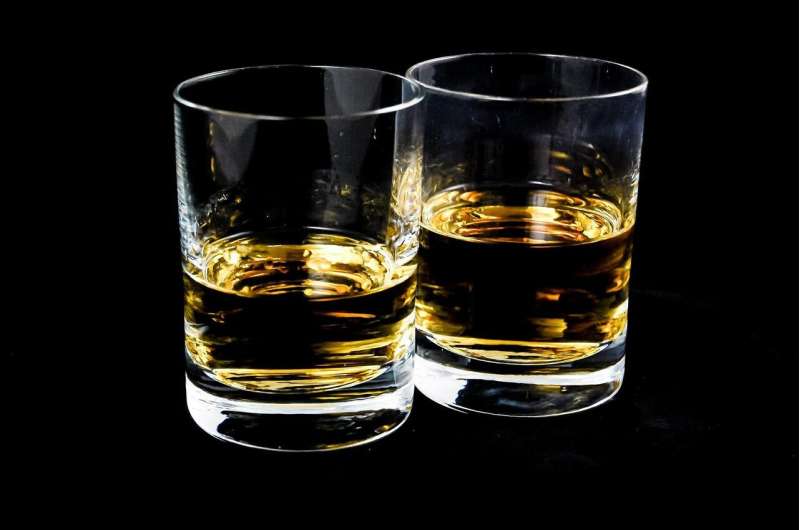
Certain drinking behaviors beyond just the quantity of alcohol consumed may predict the likelihood a person will experience an alcohol-induced blackout, a condition where someone is conscious and engaging with their surroundings but will be unable to remember some or any of what occurred. While in this condition, people are at higher risk for a range of consequences, including violence or sexual assault.
A study published in Alcohol, Clinical and Experimental Research found that the speed with which college students become intoxicated, how long their intoxication levels are increasing, and their peak intoxication were each associated with experiencing an alcohol-induced blackout. Interventions targeting the drinking behaviors associated with these factors may reduce the risk of alcohol-induced blackouts.
Researchers analyzed data from an intensive longitudinal study involving 79 college sophomores and juniors who typically drank four or more drinks on a weekend day and had experienced at least one alcohol-induced blackout during the past semester.
The students wore wristwatch-like devices with transdermal alcohol concentration sensors, which measured intoxication levels through the skin on 12 weekend days. The students also completed daily diaries each morning to assess their memories of the prior day.
Over the 12-day period, the sensors detected a total of 486 days of alcohol use, and students together reported 147 alcohol-induced blackouts. Seventy percent of the students experienced at least one alcohol-induced blackout, with 80 percent of female students and 70 percent of male students reporting experiencing a blackout. The students who reported at least one blackout had, on average, 2.2 alcohol-induced blackouts during the 12 days.
Days where alcohol concentration rates rose faster, days with higher peak alcohol concentration, and days with longer duration of increasing alcohol concentration each predicted alcohol-induced blackouts. The authors suggested that targeting reductions in any one of these three features may lead to reductions in one or both of the other two features.
Strategies to reduce the speed of alcohol intoxication might include encouraging students to avoid playing drinking games and to alternate between alcoholic and nonalcoholic drinks, which would also work to reduce peak alcohol concentration. Other interventions include personalized normative feedback, an intervention to dispel false beliefs that an individual’s risky behavior is normal, and encouraging people to reduce the overall time spent drinking.
Future studies should examine the effectiveness of interventions on each of these features. While the wrist-worn monitor provides more detail about intoxication than self-report, it may miss lower-intensity drinking days. The morning diaries are subject to memory and may underreport or misreport blackouts.
Alcohol-induced blackouts are a significant problem among college students, with significant consequences. Prior studies have reported that 80 percent of college student drinkers reported at least one, and an average of eight, alcohol-induced blackouts during college. More than three additional consequences, which range from embarrassment to assault, occur on nights when students experience a blackout.
More information:
Veronica L. Richards et al, Transdermal alcohol concentration features predict alcohol?induced blackouts in college students, Alcohol, Clinical and Experimental Research (2024). DOI: 10.1111/acer.15290
Citation:
Alcohol-induced blackouts may be linked to how a person drinks, not just how much (2024, April 19)
alcohol-blackouts-linked-person.html
.
. The content is provided for information purposes only.
